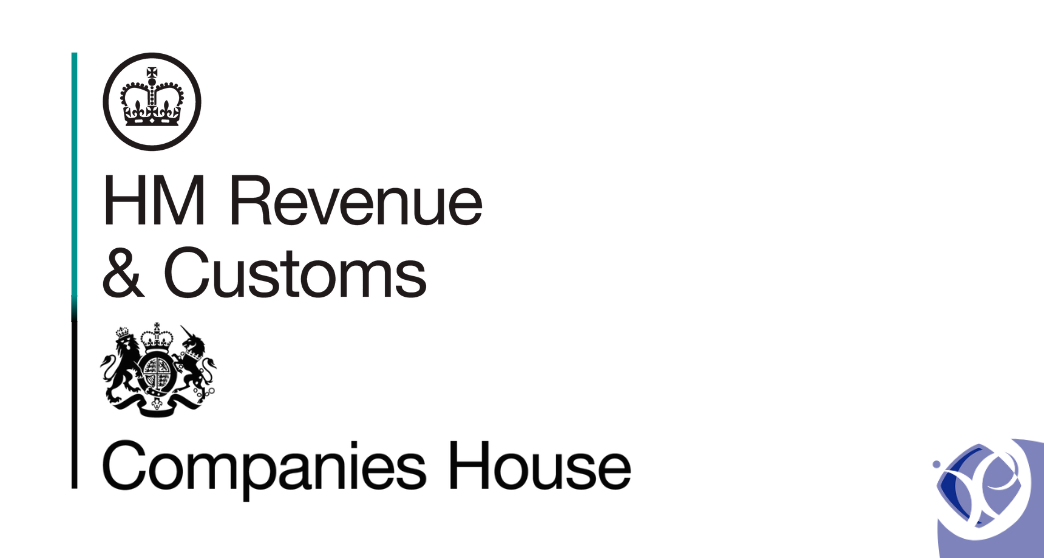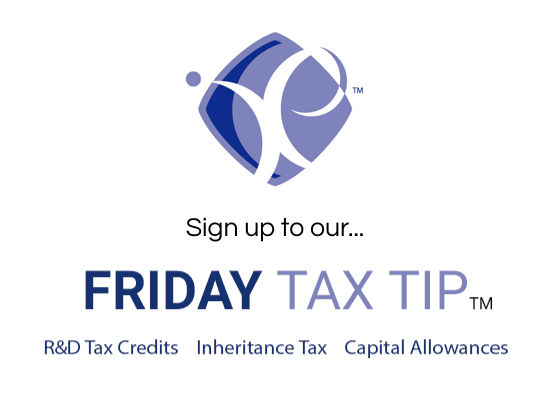When you thought the paperwork couldn’t get any worse, HMRC is back with yet another layer of red tape for company shareholders.
From the 2025/26 tax year, individuals receiving dividends from close companies will face new reporting obligations.
Ignore them and it could cost you. Here’s what you need to know to stay compliant and avoid fines.

(Read Time: Approx. 3 minutes)
Topics Discussed:
- New shareholder dividend reporting rules for close companies starting from 2025/26
- What information must be disclosed on your tax return to avoid penalties
What’s Changing for Shareholders
If you own shares in a limited company, especially one classed as a close company, this is for you.
A “close” company is typically controlled by five or fewer shareholders, often family-run businesses.
From the 2025/26 tax year, with tax returns due by 31 January 2027, shareholders in these companies will be required to provide more detailed information on their personal tax returns about any dividends they receive.
This is part of HMRC’s ongoing push to ensure dividend income is accurately reported and cross-checked against company records.
The aim is to tighten compliance and close any gaps between what companies report as paid and what individuals declare.
New Information You Must Report
If you receive dividends from a close company, you will need to disclose:
- The company number of the dividend-paying business
- The percentage shareholding you held during the year
- The highest percentage of share capital you held at any point in the year
No more vague dividend figures with no context. HMRC now wants clear details on who paid the dividend, how much of the company you owned, and the peak level of your shareholding.
This creates a new mechanism for HMRC to match company-reported dividends with what individuals report on their self-assessment returns.
Why HMRC Is Doing This
In theory, this is a sensible move. Many directors and shareholders do not match their dividend income correctly to what is recorded in the company’s accounts.
Some forget to submit a tax return altogether. Others declare the wrong amount, especially when relying on manual records or outdated accounting systems.
HMRC now has an easy way to cross-check. They can pull the figures from your company’s accounts and compare them directly to your personal return.
If they don’t match, you may find yourself on the receiving end of a penalty notice.
What Happens if You Get It Wrong
If you leave out the required information or input it incorrectly, you could be fined.
The penalty currently stands at £60.
While not extreme, it is entirely avoidable. More importantly, it may trigger a deeper investigation into your tax affairs.
The real issue here is awareness. Most people, including many accountants, are not yet familiar with this change.
If your adviser is not up to speed, they could easily miss this new section when preparing your return.
When This Kicks In
The rule applies to the 2025/26 tax year, and so the first tax returns affected are due by April 2026.
That might sound like a distant problem, but proper preparation starts now.
Make sure your dividend paperwork is up to date. Track your shareholding percentages throughout the year.
If changes occur, keep a clear record. These small steps will save you time and stress when it’s time to file.
Summary
This change may look like just another reporting requirement, but it gives HMRC a powerful new way to verify what shareholders receive.
If you’re taking dividends from a family business or any close company, make sure your returns are accurate and complete.
Getting it wrong could cost you. Getting it right keeps you safe.
Need help preparing for these changes? Contact us at Tax Expert today.
Fill out our form here for any questions, email us at info@taxexpert.co.uk, or message us on our WhatsApp for out of office hours.
Kind regards,
Ilyas Patel

